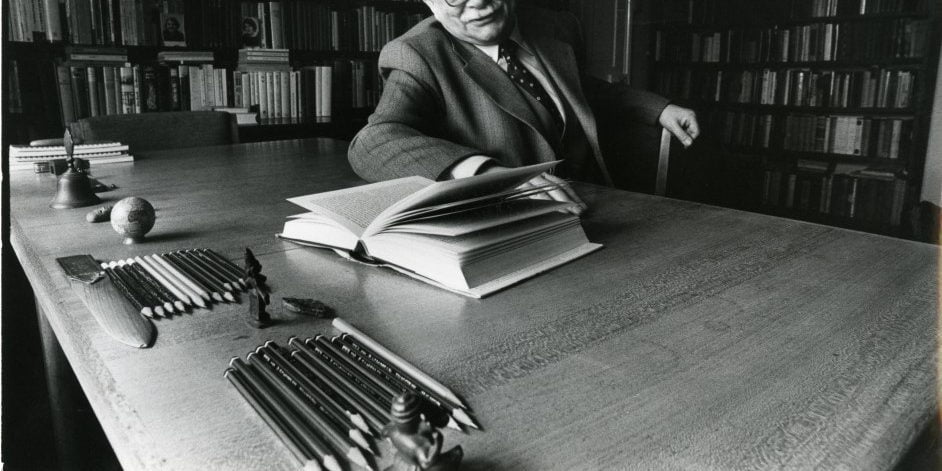At Palmyra is a Jewish funeral chamber painted throughout with winged female figures holding up round portraits, above is a picture, quite in the late Roman style, of Achilles and the daughters of Lycomedes (d. 515). Many other examples of carved figures on sarcophagi, wall paintings, and geometrical ornaments, all in the manner of Pompeian decoration and the Christian catacombs, but from Jewish cemeteries, show that, in spite of their exclusive religion, the Jews in the first Christian centuries had submitted to the artistic influence of their Roman neighbours. So that in this matter when Christians began to decorate their catacombs with holy pictures they did not thereby sever themselves from the custom of their Jewish forefathers.
Two questions that obviously must be kept apart are those of the use of sacred images and of the reverence paid to them. That Christians from the very beginning adorned their catacombs with paintings of Christ, of the saints, of scenes from the Bible and allegorical groups is too obvious and too well known for it to be necessary to insist upon the fact.
Defended amongst others by Erasmus
The catacombs are the cradle of all Christian art. Since their discovery in the sixteenth century — on 31 May, 1578, an accident revealed part of the catacomb in the Via Salaria — and the investigation of their contents that has gone on steadily ever since, we are able to reconstruct an exact idea of the paintings that adorned them. That the first Christians had any sort of prejudice against images, pictures, or statues is a myth (defended amongst others by Erasmus) that has been abundantly dispelled by all students of Christian archaeology.
The idea that they must have feared the danger of idolatry among their new converts is disproved in the simplest way by the pictures even statues, that remain from the first centuries. Even the Jewish Christians had no reason to be prejudiced against pictures, as we have seen; still less had the Gentile communities any such feeling. They accepted the art of their time and used it, as well as a poor and persecuted community could, to express their religious ideas. Roman pagan cemeteries and Jewish catacombs already showed the way; Christians followed these examples with natural modifications. From the second half of the first century to the time of Constantine they buried their dead and celebrated their rites in these underground chambers.
Read More about Grendel`s Raid Part 2








